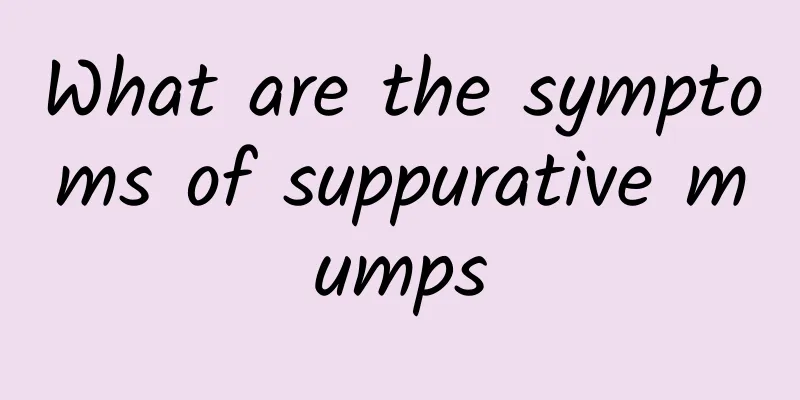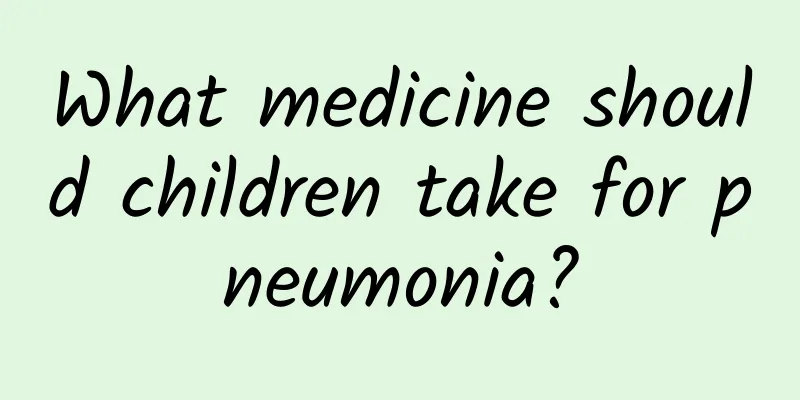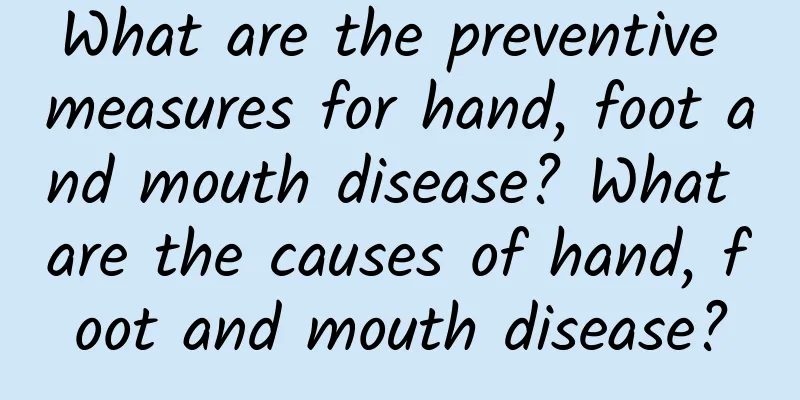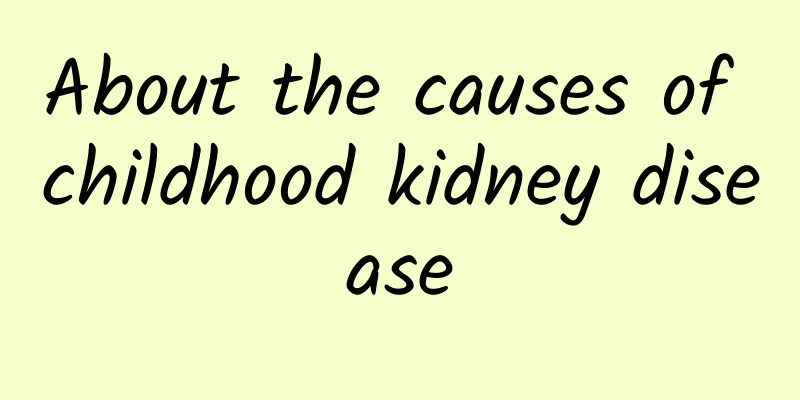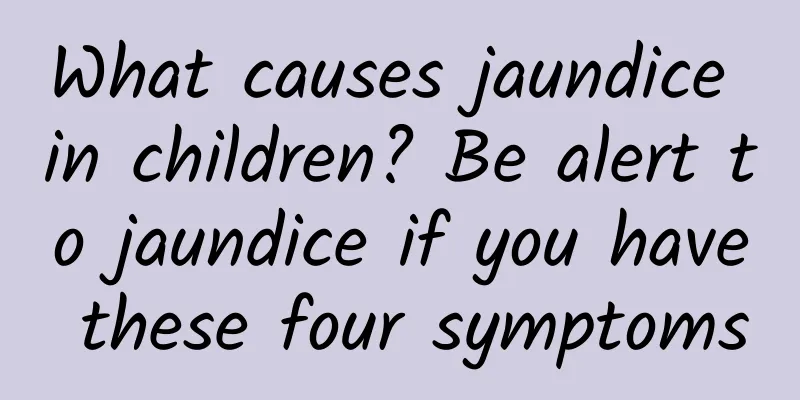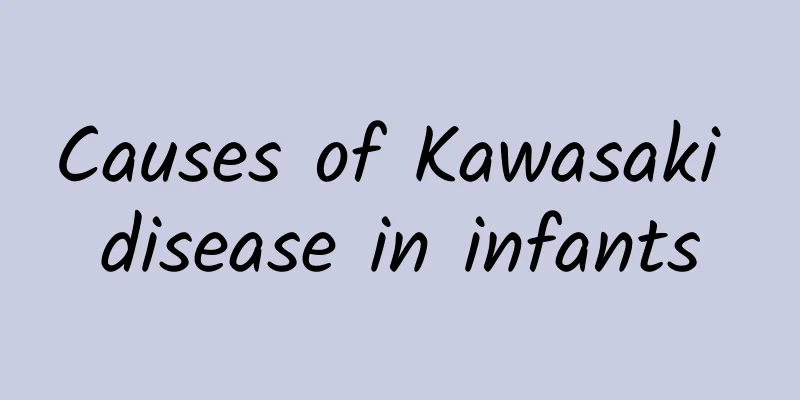How to treat pathological neonatal jaundice

|
Pathological neonatal jaundice requires prompt medical attention for a clear diagnosis. Treatment methods vary depending on the cause. Common treatments include light therapy, transfusion therapy, and drug intervention. At the same time, attention should be paid to nursing and nutritional support to promote recovery. 1. Light therapy Phototherapy is a common method for treating neonatal jaundice, especially for cases with moderately elevated bilirubin levels but not dangerous levels. By exposing the child to a specific wavelength of blue or white light, indirect bilirubin can be converted into a soluble form so that it can be excreted through urine or feces. Parents need to cooperate with the treatment to avoid dehydration of the child during phototherapy. They can appropriately extend the duration of breastfeeding and increase the frequency of feeding. 2. Exchange blood therapy For severe jaundice or pathological jaundice that is resistant to phototherapy, exchange transfusion may be necessary. It effectively reduces bilirubin levels and corrects metabolic disorders such as anemia caused by jaundice by extracting a portion of the child's blood and transfusing healthy blood at the same time. The operation is risky and should be performed in an experienced medical institution, with close monitoring of the child's vital signs. 3. Drug intervention For some pathological jaundice with clear causes, drugs can be selected to improve symptoms according to the condition. For example, jaundice caused by hemolysis can be treated with immunoglobulin to help inhibit the hemolytic reaction caused by maternal-fetal blood type incompatibility. In some cases, jaundice related to liver enzyme deficiency or infection may require enzyme preparations or antibiotics to assist in regulation. 4. Nursing and nutritional support Regardless of the treatment plan, home care is essential. Increasing the number of breastfeedings can help promote the excretion of bilirubin in children; for children with low weight or eating difficulties, short-term addition of formula milk may be needed for nutritional supplementation through evaluation. Avoiding exposure to cold or other stressful conditions can also help enhance the child's resistance and speed up recovery. Pathological neonatal jaundice has certain medical risks. In severe cases, it may lead to acute bilirubin encephalopathy. Parents need to closely observe the changes in the condition and seek professional medical guidance in a timely manner. Scientific treatment and reasonable care under the doctor's advice can help children recover as soon as possible and grow up without sequelae. |
<<: Should children take anti-inflammatory drugs for cough?
>>: What are the symptoms of post-polio syndrome?
Recommend
What are the hazards and side effects of neonatal jaundice?
The hazards and side effects of neonatal jaundice...
What to eat for chronic cold and cough? Diet, health care and nursing for chronic cold and cough
Dietary health care and nursing for chronic cold ...
What are the dangers of high neonatal jaundice? What are the symptoms of neonatal jaundice?
Neonatal jaundice is a disease caused by abnormal...
The harm of ADHD to children's healthy growth
According to relevant data surveys, a foreign stu...
What should I pay attention to when I have kidney disease in children?
What precautions should be taken for children wit...
Can children's cough be contagious?
We all know that cold and cough is a very common ...
How to treat newborn jaundice? Why do babies have jaundice for different lengths of time?
It is normal for newborns to have jaundice, but n...
What are the symptoms of Hirschsprung's disease?
Hirschsprung's disease is a congenital intest...
What measures can be taken to prevent acute non-icteric hepatitis B?
What measures can be taken to prevent acute anict...
Causes of congenital heart disease in children
The causes of congenital heart disease in childre...
How to get polio
Polio is a multi-disease in children. Polio can c...
How to rule out symptoms of Kawasaki disease infection
The symptoms of Kawasaki disease can be initially...
What dietary considerations should patients with jaundice pay? What is the purpose of blood tests for liver function in jaundice?
We are all familiar with jaundice, the most commo...
Symptoms of congenital polio
We should pay close attention to babies' illn...
Can Chinese medicine treat pneumonia in children?
Pediatric pneumonia is a respiratory disease that...
